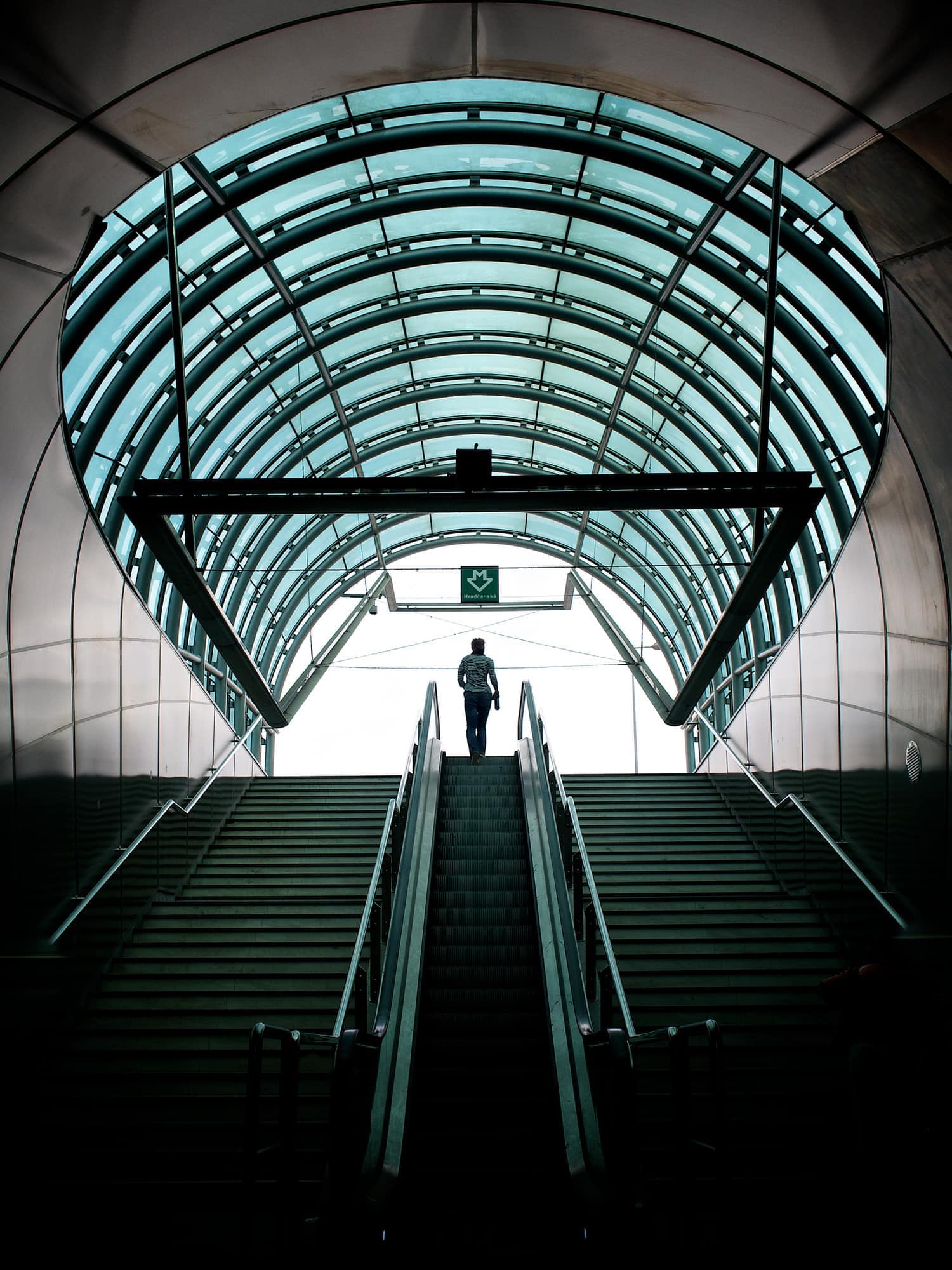Symmetrical images deeply attract our gaze, bring us balance, peace and well-being, but they have a fairly common problem. They can end up being boring, banal and vulgar, that is, most pass without pain or glory ahead of our retinas, they look beautiful, perhaps well composed, but nothing else, it is, almost always, because we get carried away by the impression that is causing us a certain symmetry and we forget that the images are composed of many other elements that we must help us to form rich and interesting images. I want to see some ideas to photograph symmetry without killing someone out of boredom ??
Although probably when we hear symmetry, we will both have the same thought of what it is, the truth is that there are many types of symmetries depending on the field in which we work (mathematics, physics, drawing, geometry, etc. ). As far as we are concerned, we could define it in a similar way to the SAR:
Exact match of shape, size, and position of parts of a whole relative to a center, axis, or plane.
That is, in relation to an imaginary axis or line, divide the different elements on each side of it, and in the same way.
This is the key point of any photograph. Photographs must always be justified, reflective, they should try to explain something, and this is done through what we call the focus, which is nothing more than what we highlight in our image as the protagonist of the story we have chosen. the gaze wanders in the image without direction or reason, not knowing where to stop or what he tries to express. Anyway, without interest, the image lacks commitment and, worth the redundancy, of interest.
The composition lines are very useful for orienting the viewer’s gaze of the image to that precise point that we determine with the composition. Straight lines in symmetry, depending on your point of view, can create interesting escape points (the real or imaginary place where the lines are endlessly found) bringing vitality, strength and interest to the image.
Another way to add interest, strength and vitality to symmetrical images can be through movement, either from what we photograph or from what we can generate ourselves, with techniques such as zooming or scanning.
Geometric shapes are usually a pattern in themselves and can function as a focal point by themselves, as in the following image, which plays with different shapes such as the circle (most prominent) or different lines that take us to the center point of an image. as if it were a target.
They are a recurring classic in photography, so it is important to use them with something that somehow “justifies” the image, that is, it is not valid that the image is perfectly symmetrical, probably with that you will only get one of those boring images that you hate so much. The image should be accompanied by something else that values the message and makes it interesting. It can be light, framing, theme, atmosphere or anything that’s right for you.
This is a point that is always important, but the more formal the images we are going to work on, the more important it becomes if possible. It is always good to remember the most common composition rules and use them if necessary. Here are some that you may find useful for composing in symmetry.
The human element (and/or animal) naturally adds interest to photography, because as living beings we tend to be attracted to what we unconsciously identify with or empathize with, no matter if it is just a shadow, a foot or a bag. in a corner. Anything that reminds us of the presence of a human being reinforces our interest in the image.
Remember that this is the essence of any photograph and that it is very easy to lose sight of it when looking for compositions as formal as symmetrical. Remember that it’s not just the way, it’s the message; You have to transmit something with your image, beyond it being beautiful, well composed, correct to the light, etc.
In photography, the occasional good images do not exist or occur very rarely, the more you work an image, the better the results, the more reflective, the more tests and modifications there will be, in general, the better. the more you practice and experiment, the more agility and ability to anticipate scenes. To do this, and to escape the boredom of certain compositions, it is better to experiment with different perspectives, angles and points of view. Remember that the same image with a simple variation of the point of view, can radically change the scene: a low point of view accentuates the leakage of the lines, an uneven view overshadows the portrait, etc.
Patterns can play a lot in symmetrical photography. You can find them in nature (butterflies, peacock tails, flowers?) Or artificially. Patterns can help you get your images up and down and make them formally more appealing.
Beyond technique, knowledge, etc. , in photography it is essential to think and anticipate the image, let us take as an example the above image. The photographer could simply have taken the image of the pattern generated by the lines on the ground, however, this would have been a somewhat boring image. Instead, he decided to wait for a human element to appear to break this rhythm, this symmetry, which is also in motion and contrasts with static soil.
What do you think? I hope you’ll be encouraged to practice with the symmetries, they’re very photogenic and can help you a lot to tell your photographic stories. And speaking of help, if you’ve found it helpful, share it so that someone else can benefit from this advice. Thank you and see you next time!?

